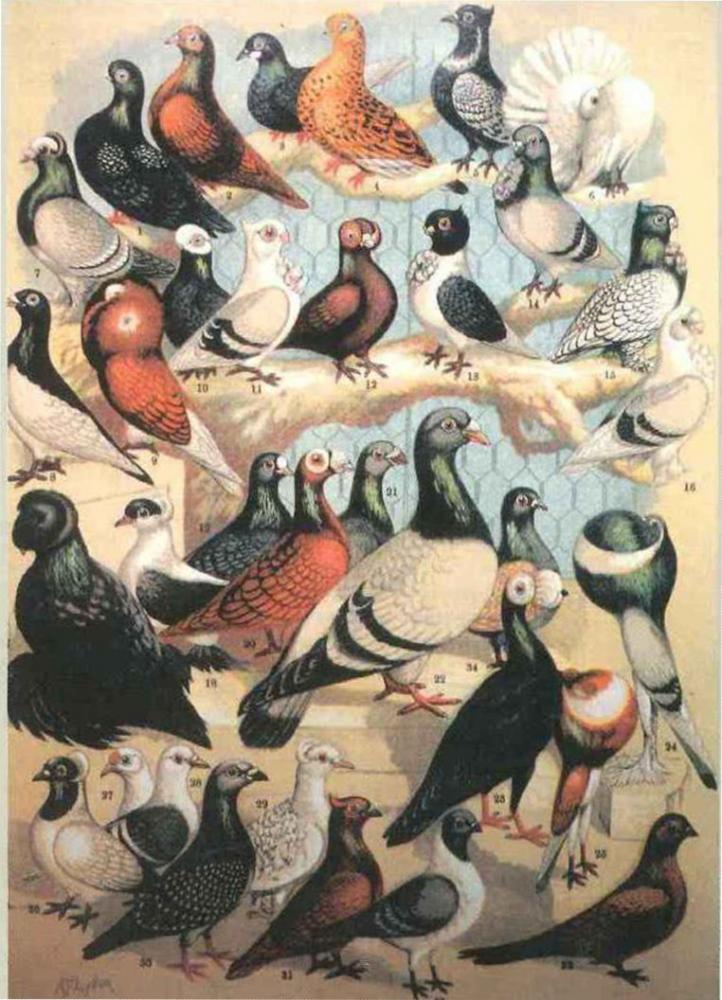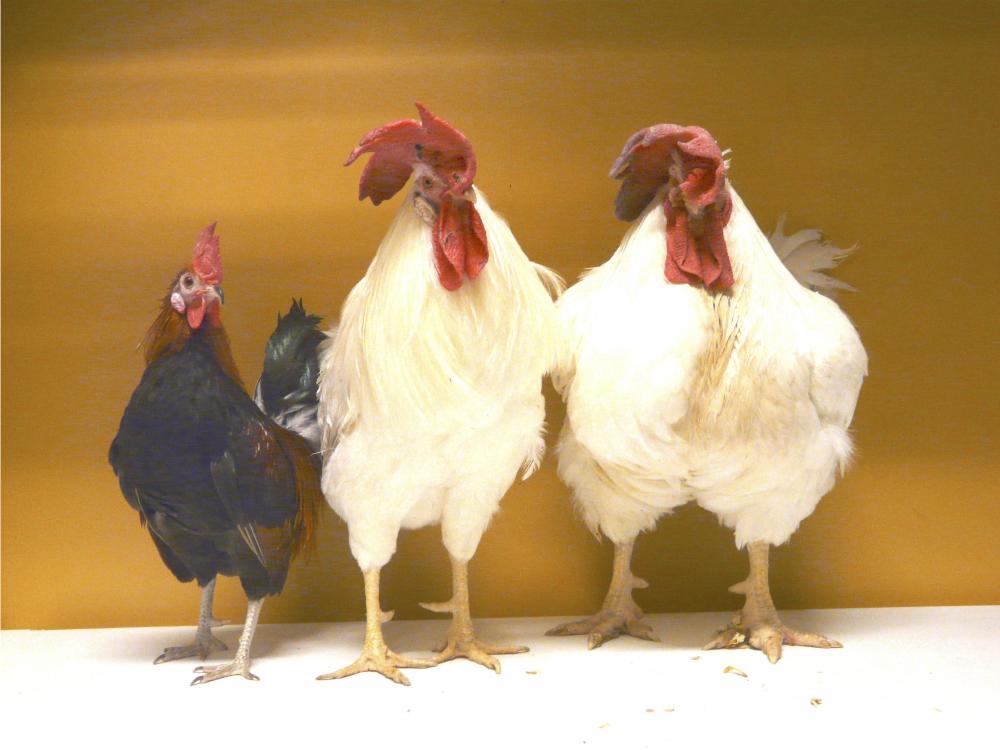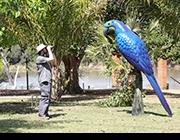
Domestication is the process by which wild organisms become adapted for human use through selective breeding. By imposing artificial selection, humans effectively remove the natural influences of mate choice and sexual selection within the captive population, causing a gradual divergence from their wild counterparts in morphology, physiology, and behaviour. The intraspecific variation that arises through domestication occurs at an accelerated rate compared to evolution in a natural setting, resulting in a broad range of phenotypes in many species (e.g., dogs, chickens, pigeons).
Human-based selection drives not only aspects of the phenotype that are specifically selected for, but also a host of other effects that are unintentional. One of these effects is a reduction in relative brain size in domesticated strains compared with their wild counterparts. The degree of shrinkage across brain regions is not, however, universal with those brain regions involved in cognitive and sensory processing generally shrinking more than other regions. Despite widespread acceptance of the shrinkage of brain size in domesticated strains, it remains unclear what is responsible for these changes. Shrinkage could arise from fewer neurons, fewer glial cells, smaller neurons, fewer connections or all of the above. Further, the cellular changes in one brain region might not apply equally across all brain regions or across all strains.
Currently, our lab is investigating the effects of domestication on the brain across species as well as inter-breed variation among domesticated strains as a means of better understanding the effects of selection for specific behavioural traits on brain anatomy. Current projects include:
1) how has domestication affected the chicken brain (with Rie Henriksen)?
2) do homing pigeons have larger hippocampal formations and olfactory bulbs than other pigeons?
3) do tumbler pigeons differ in cerebellar anatomy from other pigeons?
This is a new area of research for us, so there are many opportunities for new projects on pigeons, goldfish, and other domesticated species that involve both behaviour and neuroanatomy.



